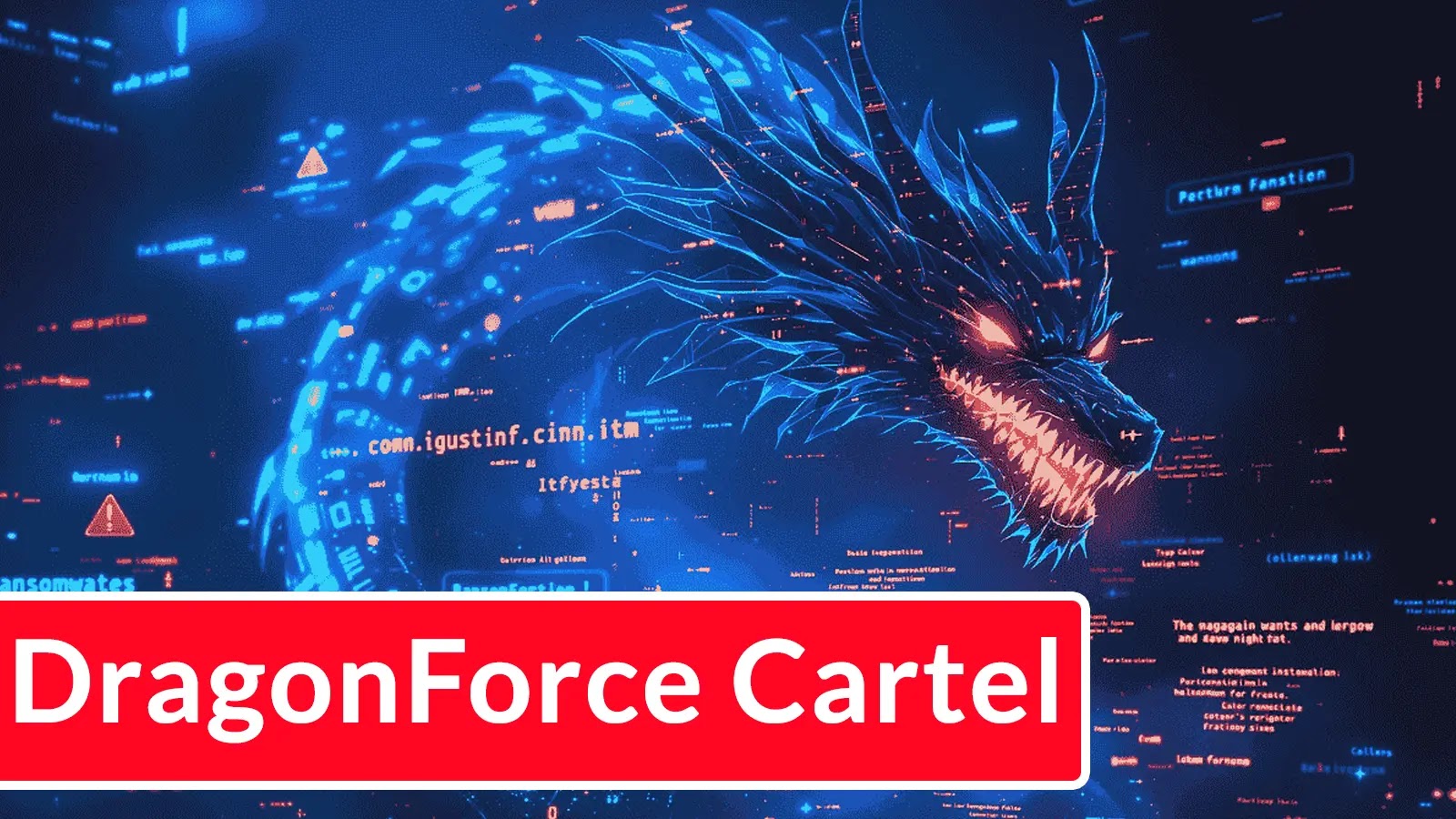In today’s digital era, data centers serve as the backbone of business operations, cloud services, and essential government functions. With global data center capacity projected to rise sharply over the next decade, ensuring their security has become paramount. The increasing complexity and scale of modern data centers introduce new challenges, ranging from sophisticated cyber threats to physical security vulnerabilities. To develop a robust data center security strategy for 2025 and beyond, organizations must adopt a comprehensive, multi-layered approach that addresses both physical and cyber risks, leverages the latest technologies, and incorporates resilient operational practices.
Understanding the Evolving Data Center Threat Landscape
Modern data centers have transformed from static server warehouses into dynamic, interconnected hubs supporting cloud computing, edge computing, and AI-driven workloads. This evolution has expanded the attack surface, making data centers attractive targets for cybercriminals, state-sponsored actors, and insider threats. The integration of IoT devices, remote management tools, and third-party services further complicates the security landscape. Attackers now employ automation and artificial intelligence to identify vulnerabilities, launch sophisticated phishing campaigns, and execute ransomware attacks that can disrupt operations and compromise sensitive data.
Physical threats are also escalating. Data centers face risks from unauthorized access, sabotage, theft, and natural disasters. The consequences of a security breach can be severe, including data loss, regulatory penalties, reputational damage, and service outages. Therefore, organizations must move beyond traditional perimeter defenses and adopt a holistic security strategy that protects assets at every layer, encompassing hardware, software, personnel, processes, and physical infrastructure.
Conducting a Comprehensive Risk Assessment
A modern data center security strategy begins with a thorough risk assessment. Organizations must identify critical assets, assess potential vulnerabilities, and evaluate the likelihood and impact of various threat scenarios. This process should involve stakeholders from IT, facilities management, compliance, and executive leadership to ensure a comprehensive understanding of the risks and the resources required to mitigate them. Once the risk landscape is clear, organizations can prioritize security investments and develop policies that align with business objectives and regulatory requirements.
Physical Security: The Foundation of Data Center Protection
Physical security remains a fundamental pillar of data center protection. Despite advances in cybersecurity, a physical breach can render digital defenses ineffective. Modern data centers must implement layered security measures that deter, detect, and respond to unauthorized access. This begins with robust perimeter defenses, such as fencing, barriers, and secure entry points. Access to the facility should be tightly controlled using a combination of biometric authentication, smart cards, and multi-factor verification. Visitor management systems should track all personnel entering and exiting the premises, while security guards and patrols provide an additional layer of oversight.
Surveillance is another critical component. High-definition cameras equipped with AI-powered analytics can monitor for suspicious behavior, unauthorized movement, or anomalies that may indicate a security threat. These systems should cover both the exterior and interior of the facility, including server rooms and other sensitive areas. Environmental controls, such as fire suppression systems, climate monitoring, and flood detection, are also essential to protect against natural disasters and equipment failures.
Cybersecurity: Safeguarding Digital Assets
In the realm of cybersecurity, adopting a zero-trust architecture is becoming the new standard. This model operates on the principle of never trust, always verify, requiring continuous verification and validation of all users and devices, regardless of their location. Implementing strict identity verification, micro-segmentation, and continuous monitoring ensures that only authorized users and devices have access to sensitive data. This proactive and dynamic approach addresses the evolving threat landscape and significantly reduces the risk of data breaches.
Multi-factor authentication (MFA) continues to be a critical component of data center security. MFA adds an extra layer of security by requiring users to provide two or more forms of identification before granting access. This can include something the user knows (like a password), something they have (like a token), and something they are (like a biometric identifier). Despite potential challenges such as user resistance and technical implementation issues, the benefits of MFA far outweigh the drawbacks, significantly reducing the risk of unauthorized access.
Integrating Cyber and Physical Security Measures
The future of data center security lies in the complete integration of cyber and physical security measures. Hackers no longer just attack networks—they exploit weak physical security as well. A unified, AI-driven approach ensures that cyber and physical security teams work together to protect critical infrastructure. This includes autonomous security systems that detect and automatically respond to threats, blockchain-based identity verification for secure, tamper-proof authentication, and digital twins for AI-powered simulations that predict and neutralize vulnerabilities before they are exploited.
Employee Awareness: Your Human Firewall
Human error is one of the leading causes of data breaches. Educating employees on cybersecurity best practices can significantly reduce risks. Key training areas include identifying phishing emails and social engineering attacks, creating and managing strong passwords, and reporting suspicious activity immediately. Investing in regular training sessions transforms employees into a vital line of defense against cyber threats.
Disaster Recovery: Preparing for the Unexpected
No matter how secure a data center is, incidents can still happen. A solid disaster recovery plan ensures that the business can recover quickly with minimal impact. Disaster recovery essentials include performing regular backups and storing them in secure offsite locations, testing the disaster recovery plan at least once a year to identify gaps, and implementing redundant systems to ensure uptime during hardware or software failures. A prepared organization is a resilient one.
Conclusion: Building a Secure Data Center in 2025
Securing a data center is an ongoing effort that requires a combination of technology, processes, and human expertise. From physical security to advanced encryption and employee training, every layer plays a critical role in protecting an organization’s most valuable asset: its data. By adopting the strategies outlined above, organizations will be well-equipped to defend their data centers against the evolving threats of 2025 and beyond.



